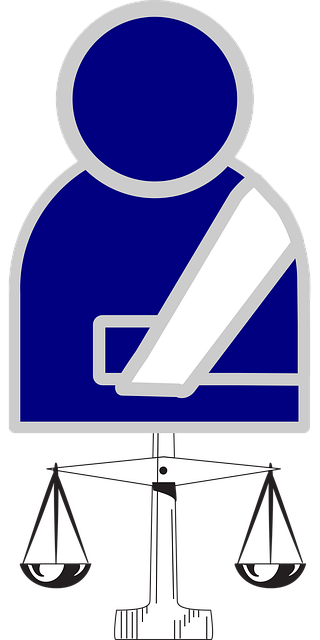Bicycle accidents can lead to a range of immediate and often overlooked injuries, from soft tissue damage like sprains and strains, to fractures and head traumas such as concussions or traumatic brain injuries (TBIs). Prompt medical attention is crucial for managing these conditions effectively, which can prevent chronic pain, long-lasting cognitive issues, or permanent disabilities. An experienced accident lawyer can help victims secure adequate compensation. Undiagnosed injuries can have severe, long-term effects, so even minor symptoms like persistent pain should be evaluated immediately. Cyclists should prioritize safety measures like wearing protective gear, maintaining bicycles, and adhering to traffic rules to prevent such accidents.
Bicycle accidents can lead to a range of injuries, many of which are often overlooked or undiagnosed. From broken bones to soft tissue damage and head trauma, these injuries can have long-term effects if not properly addressed. This article explores common types of bicycle accident injuries, highlights the serious consequences of undiagnosed injuries, and provides tips on prevention and recognition to ensure cyclists’ well-being. Understanding these potential risks is crucial for riders to stay safe on the roads.
- Common Types of Bicycle Accident Injuries
- Undiagnosed Injuries Can Have Serious Consequences
- Preventing and Recognizing Potential Bicycle Accident Injuries
Common Types of Bicycle Accident Injuries

Bicycle accidents can result in a variety of injuries that may go unnoticed due to initial shock or lack of awareness of potential long-term effects. Common types of bicycle accident injuries include soft tissue damage, such as sprains, strains, and contusions, which might not seem serious at first but can lead to chronic pain if left untreated. Fractures are another frequent occurrence, ranging from minor cracks to severe breaks that require immediate medical attention.
Head injuries, including concussions and more severe traumatic brain injuries (TBIs), are also prevalent in bicycle accidents. These injuries often manifest as dizziness, headaches, or blurred vision but can have long-lasting cognitive impacts. Additionally, cyclists may sustain fractures or dislocations of their arms, legs, or pelvis due to high-impact collisions with vehicles or obstacles on the road. Prompt medical evaluation and proper treatment are crucial for managing these injuries effectively and ensuring adequate accident compensation from an experienced accident lawyer, especially in cases involving serious injuries or those that lead to long-term disabilities.
Undiagnosed Injuries Can Have Serious Consequences

Undiagnosed bicycle accident injuries can lead to severe long-term effects if left untreated. Many riders may experience symptoms that seem minor at first, such as persistent pain, stiffness, or headaches, but these could be indicators of more serious underlying conditions. Ignoring these signs could result in chronic issues and reduced quality of life.
When a bicycle accident occurs, it’s crucial to seek immediate medical attention. Even seemingly minor injuries can have significant implications if not properly diagnosed and treated. An experienced accident attorney can help victims understand their rights if they suspect medical negligence due to undiagnosed injuries stemming from a bicycle crash.
Preventing and Recognizing Potential Bicycle Accident Injuries

Bicycle accidents can result in a range of injuries that may not be immediately apparent, leading to delays in treatment and potential long-term complications. To prevent and recognize these potential injuries, cyclists should prioritize safety measures such as wearing protective gear, maintaining their bicycles, and adhering to traffic rules. Regular checks of brakes, tires, and lights ensure optimal riding conditions, minimizing the risk of accidents.
Knowing the common types of bicycle accident injuries is crucial. These can include soft tissue damage like sprains and strains, fractures, head traumas, and internal injuries. While some injuries may manifest immediately, others, such as whiplash or delayed-onset muscle soreness, might not appear until days or even weeks after the incident. Recognizing these symptoms early enables prompt medical attention, which is vital for managing pain, preventing complications, and facilitating a successful recovery. Additionally, being aware of potential injuries can help cyclists navigate property damage claims and ensure they receive adequate compensation for both physical harm and material losses resulting from auto accidents.
Bicycle accidents can lead to a variety of injuries, many of which may go unnoticed initially. Undiagnosed injuries from bike crashes can have significant long-term effects on health and mobility. By being aware of common types of bicycle accident injuries and understanding the importance of prompt recognition and treatment, cyclists can take proactive steps to mitigate risks and ensure their well-being on the road.






